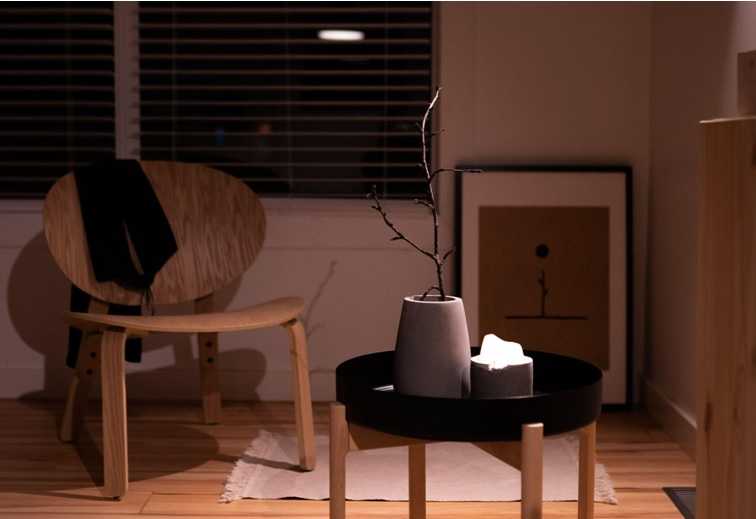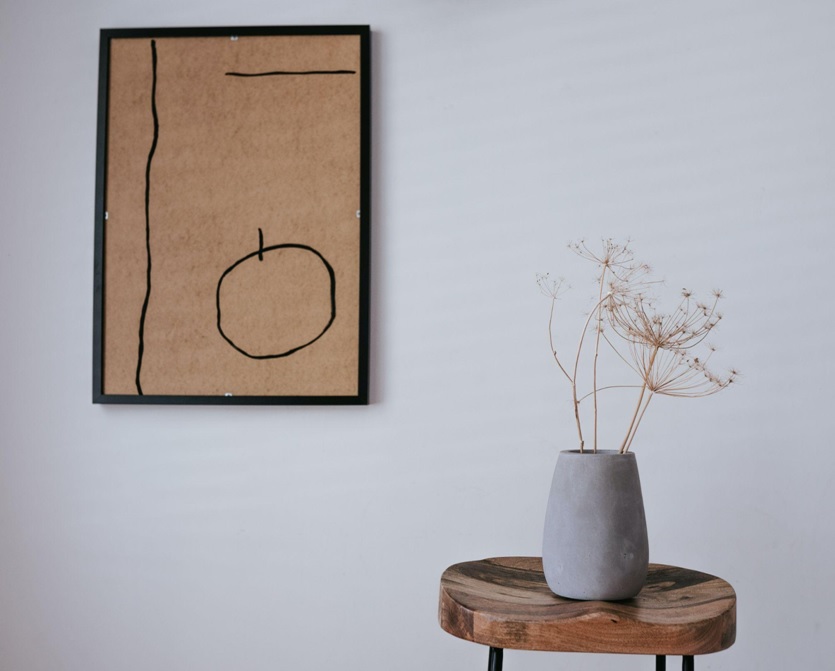Japandi Design: Marrying Eastern and Western Influences in Your Home
Posted by Legacy Decor
Posted by Legacy Decor
Have you ever wondered what would happen if you combined the timeless elegance of Japanese minimalism with the cozy simplicity of Scandinavian design? The result is Japandi design, a harmonious fusion of Eastern and Western influences that has taken the interior design world by storm.
Japandi design brings together the best of both worlds, creating a serene and balanced living space that exudes tranquility and style. Read on below to learn more about the key elements of Japandi design, and how you can incorporate them into your own home:

Japandi design is all about simplicity, functionality, and a deep appreciation for nature. It embraces the minimalist aesthetic of Japanese design, characterized by clean lines, uncluttered spaces, and a focus on essential elements.
At the same time, it draws inspiration from Scandinavian design, known for its warm and inviting atmosphere, practicality, and use of natural materials. By blending these two styles, Japandi design achieves a unique and timeless appeal.
When it comes to Japandi design, the color palette is typically soft and subdued. Neutral tones such as white, gray, beige, and light pastels dominate the scene. These colors create a calm and serene ambiance, allowing the mind to relax and unwind. While Japandi design primarily uses a neutral color scheme, you can introduce small pops of color through carefully selected accessories or artwork to add visual interest to the space.
In Japandi design, natural materials play a crucial role in creating a connection with the environment. Wood, in particular, takes center stage, bringing warmth and organic beauty to the space. Look for furniture and flooring made from light-colored woods like oak or ash to maintain the airy and light atmosphere. Incorporating tactile elements such as linen, cotton, and rattan adds texture and further enhances the natural feel of the design.
Solid wood room dividers, such as the ones we sell here on Legacy Decor, are a great addition to any Japandi-inspired home. Our wooden room dividers are available in a variety of styles and colors to suit the rest of your decor, and are great for creating privacy or separating certain areas in the same room. Consider looking through our selection of solid wood room dividers when decorating your bedroom, living spaces, or even your outdoor areas.
Minimalism lies at the heart of Japandi design. To achieve a minimalist look, decluttering is essential. Keep only the essentials and let go of unnecessary items that can create visual noise. Each piece in the space should have a purpose and be thoughtfully chosen. Clean lines and geometric shapes are key in furniture selection, allowing the beauty of simplicity to shine through.
Japandi design strikes a delicate balance between openness and coziness. While Scandinavian design tends to embrace open spaces, Japanese design often focuses on creating intimate and cozy environments. To achieve this balance, consider using shoji screens or sliding doors to divide larger areas while maintaining a sense of openness. Add soft and comfortable textiles, such as cushions or throws, to create cozy nooks where you can relax and unwind.
One of the defining features of Japandi design is the incorporation of nature into the living space. Indoor plants are a fantastic way to bring life and a sense of tranquility to your home. Choose plants that thrive indoors and require minimal maintenance, such as peace lilies, snake plants, or bamboo. These green companions not only purify the air but also add a touch of freshness and beauty to your Japandi-inspired interior.
In Japandi design, less is more when it comes to accessories and décor. Select a few carefully curated pieces that have meaning to you or reflect your personal style. Natural and handmade objects, such as pottery or woven baskets, can add a sense of authenticity and craftsmanship to the space. Remember, the goal is to create a sense of calm and balance, so avoid overcrowding the space with too many decorative items.
Lighting plays a crucial role in Japandi design. Aim for soft and diffused lighting that creates a warm and inviting atmosphere. Avoid harsh overhead lights and opt for natural light whenever possible. Large windows that let in plenty of sunlight are ideal for achieving that seamless connection between indoors and outdoors. If privacy is a concern, consider using sheer curtains or blinds that allow light to filter through while maintaining a sense of privacy.
In Japandi design, organization is key. Incorporate smart storage solutions that help maintain a clutter-free environment. Look for furniture pieces that offer hidden storage compartments or invest in stylish baskets and boxes that can neatly store items out of sight. By keeping your space tidy and organized, you create a peaceful and relaxing atmosphere that is essential to the Japandi aesthetic.
An essential concept in Japandi design is the embrace of imperfections and the appreciation of the beauty in simplicity. This concept, known as wabi-sabi, encourages us to find beauty in the imperfect, the weathered, and the natural. Incorporate handcrafted ceramics or imperfectly shaped objects into your design, celebrating their uniqueness and adding a touch of authenticity.

The bedroom is a space of rest and rejuvenation, and Japandi design is particularly well-suited to create a serene retreat. Opt for a low-profile bed with a simple and elegant design. Choose bedding in natural materials like linen or cotton for a breathable and luxurious feel.
Keep the color palette calm and soothing, with soft neutrals or muted tones. Add a touch of nature with a potted plant or a small vase of fresh flowers to bring life and tranquility to your personal sanctuary.
Japandi design is particularly well-suited for small spaces, as it focuses on simplicity and functionality. Opt for furniture with a compact and minimalistic design, such as multifunctional pieces or pieces with built-in storage. Use mirrors strategically to create an illusion of space and reflect natural light. Keep the color palette light and airy to enhance the sense of openness.